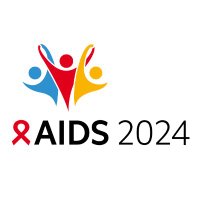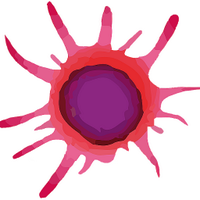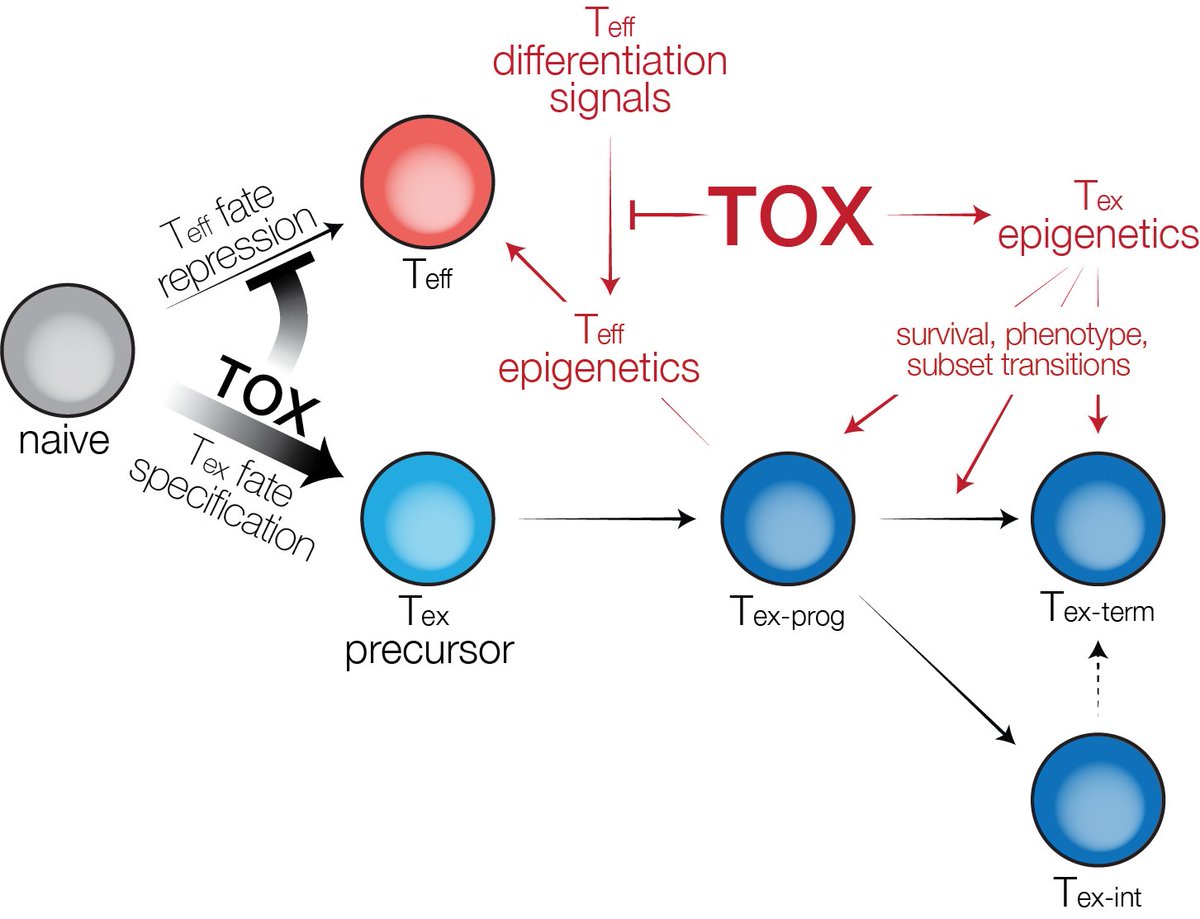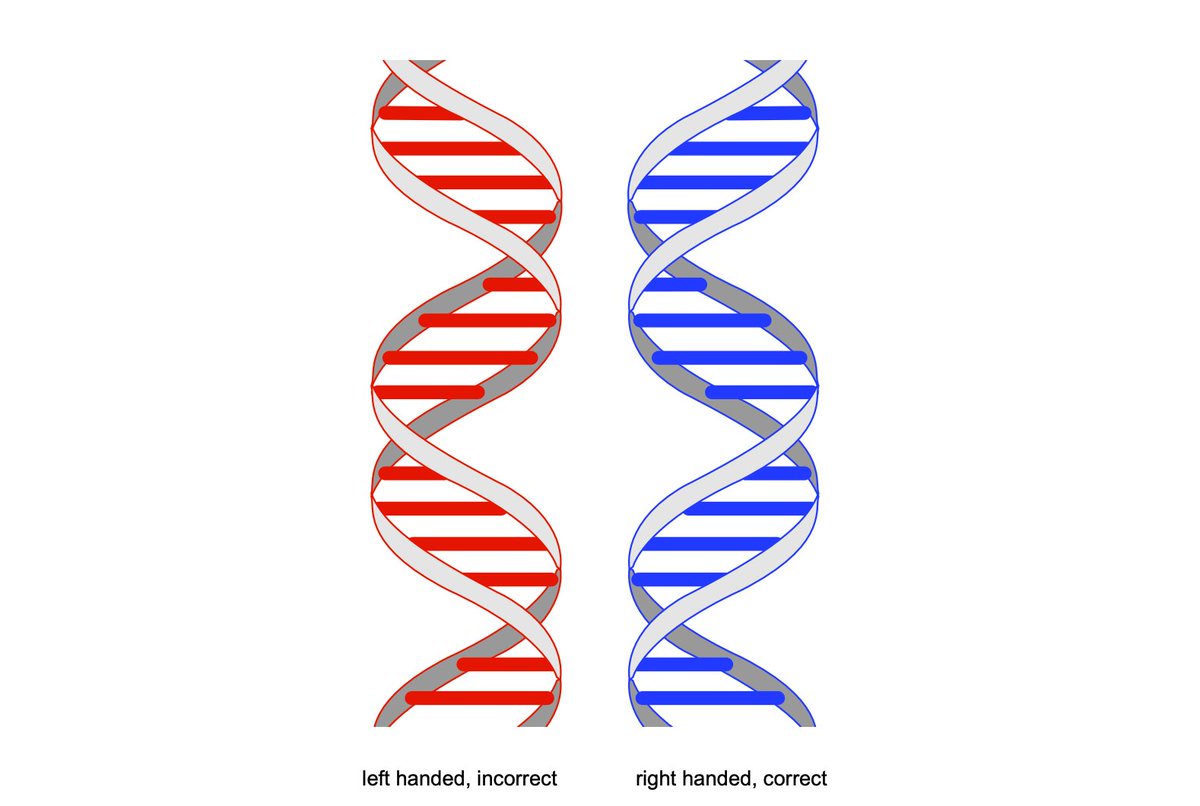
Laura Vella
@lauravella17
Pediatric Infectious Diseases Physician, Human Immunologist, One Who Is Easily Amused.
ID: 829505344678264833
https://www.vellalab.org 09-02-2017 01:41:00
505 Tweet
774 Followers
525 Following


Just a beautiful study from RaminHerati!

🚀Very excited to announce that the Apostolidis Lab will open up its doors on July 1st Penn Medicine! We will be focusing our efforts on understanding fundamental drivers of autoimmunity using unique human cohorts and mechanistic mouse models. #Autoimmunity #Rheumatology

Interested in doing a high-impact postdoctoral fellowship at UPenn? The Hogan Lab (hoganlab.org) is recruiting a postdoc to study mRNA vaccines for HIV and non-classical T cells restricted to MHC-E. Email CV+cover letter to [email protected]. Please share!



Our manuscript utilizing a mouse model to study how circulating antibodies affect de novo B cell responses was published yesterday in JVirology Editors. 1/2 journals.asm.org/doi/10.1128/jv…




We're excited to welcome Dr. Ivan Maillard, the new Head of the Division of Hematologic Malignancies within the MSK Department of Medicine at MSK. Learn more about Dr. Maillard and his new role: bit.ly/4epXj3O




silverman lab killing it at the HTI seminar Yale University Yale Department of Immunobiology thanks so much for sharing your amazing work





For those interested in infection and the CNS - a mix of math, parasites and immunology (Stuart Ralph) to understand why latency matters and is host protective. Does take a village and congrats to Julia Eberhard Sebastian Lourido and all involved! rdcu.be/efknc


Happy to share that our paper on immune targeting of T. gondii cysts and the role of this stage in persistence is finally out in Nature Microbiology - Thanks again to all co-authors that made this possible! nature.com/articles/s4156…

Excited to share my graduate work from the E. John Wherry lab on the molecular mechanisms locking in the differentiation fate of exhausted CD8 T cells (Tex), published earlier this month in @SciImmuno. Main findings below! science.org/doi/10.1126/sc…






